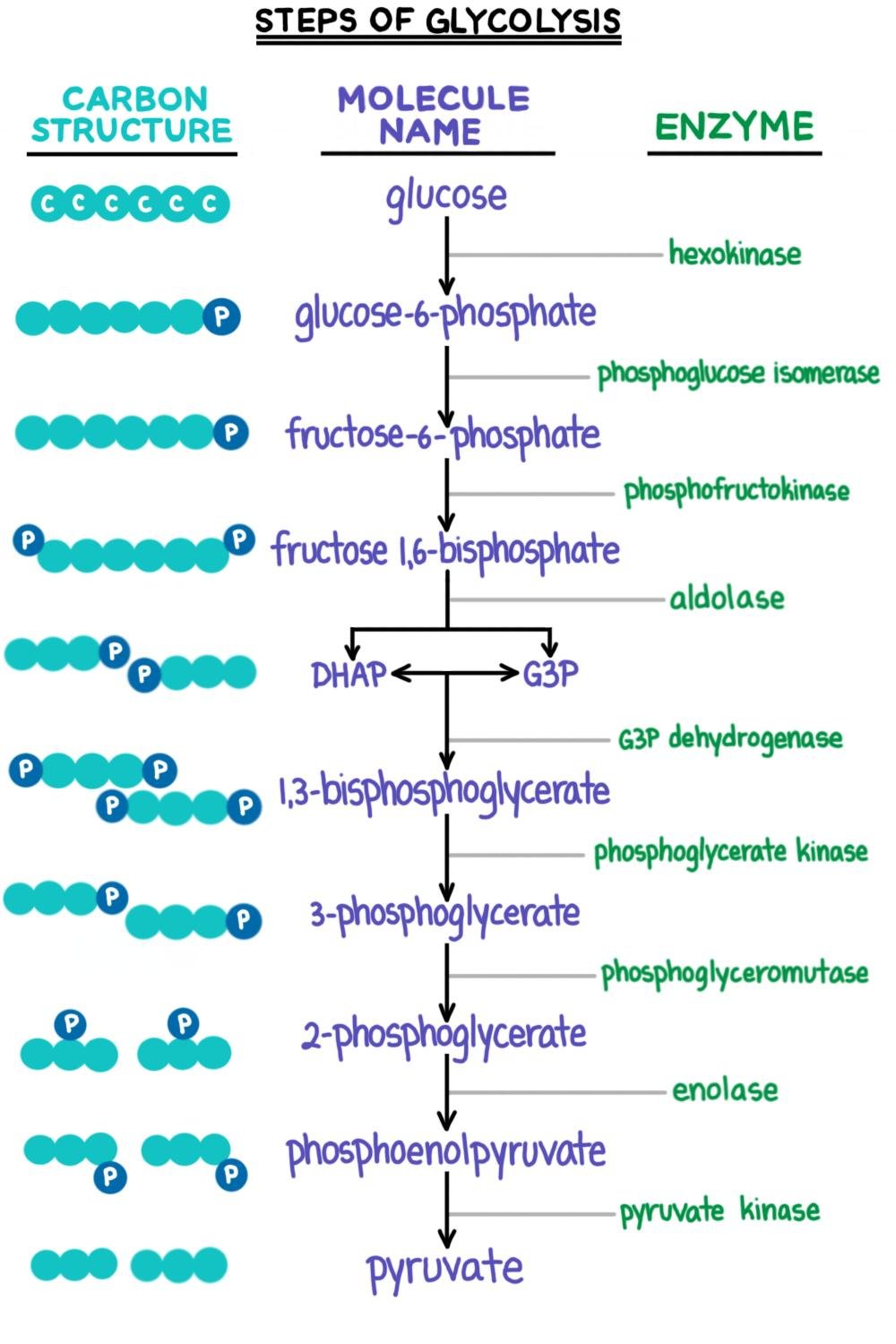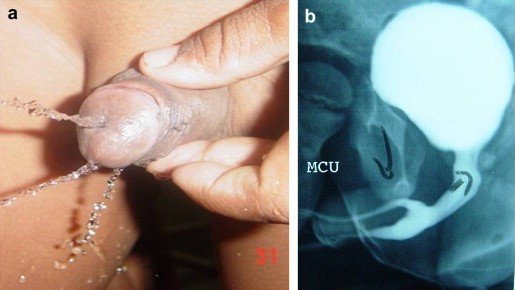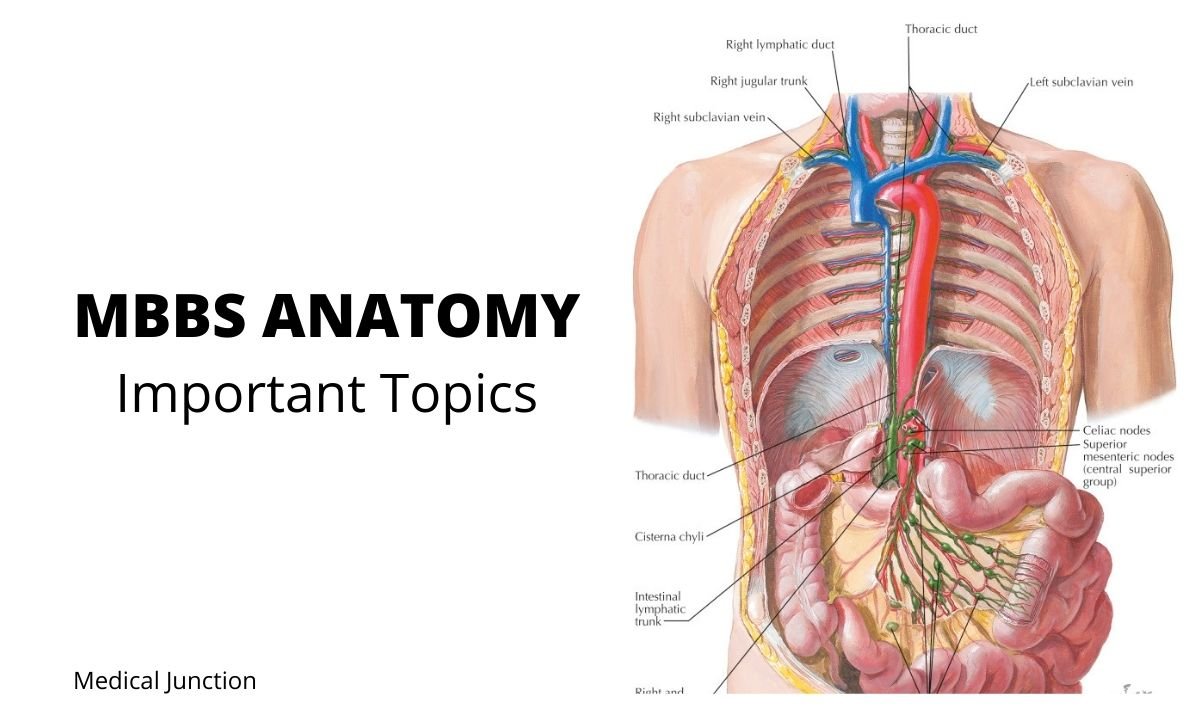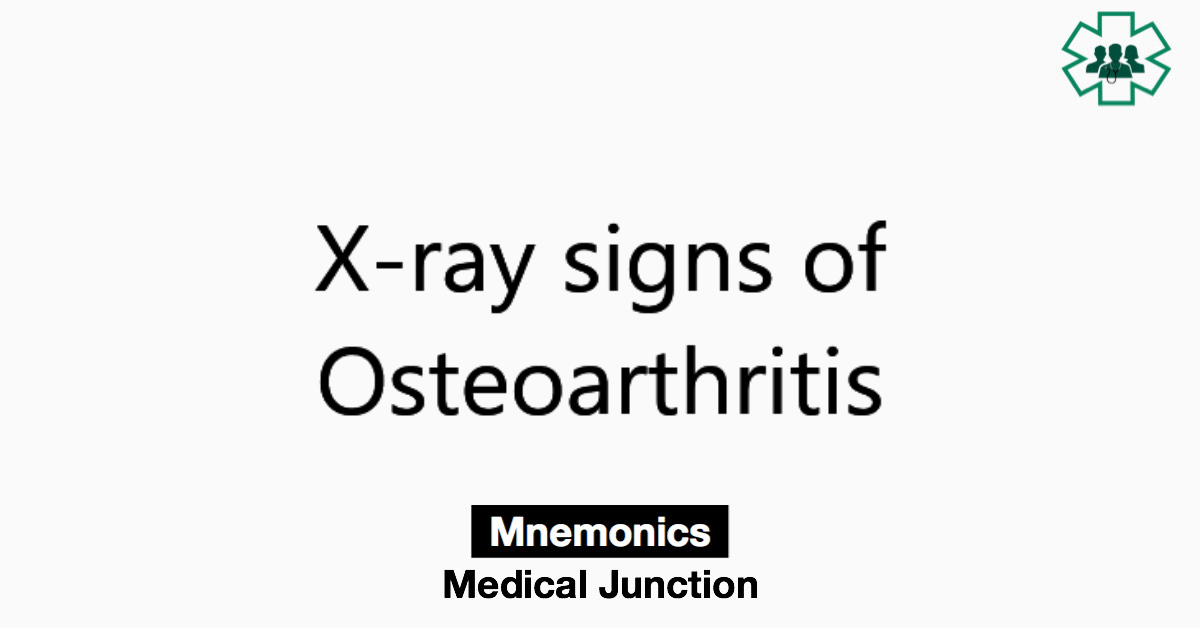GLYCOLYSIS
Glycolysis is the anaerobic catabolism of glucose. In other words, as its name implies, the pathway uses several enzyme catalyzed reactions to split a sugar. Glycolysis occus in the cytosol.
The Individual Reactions of Glycolysis
The pathway of glycolysis can be seen as consisting of 2 separate phases.
Glycolysis has ten steps, and depending on your interests.
Glycolysis takes place in the cytosol of a cell, and it can be broken down into two main phases: the energy-requiring phase and the energy-releasing phase.
Each reaction in glycolysis is catalyzed by its own enzyme. The most important enzyme for regulation of glycolysis is phosphofructokinase, which catalyzes formation of the unstable, two-phosphate sugar molecule, fructose-1,6-bisphosphate. Phosphofructokinase speeds up or slows down glycolysis in response to the energy needs of the cell.
Overall, glycolysis converts one six-carbon molecule of glucose into two three-carbon molecules of pyruvate. The net products of this process are two molecules of ATP (4ATP produced-2ATP used up) and 2 molecules of NADH.

Energy-requiring phase
2 ATP are spent to form an unstable sugar with two phosphate groups, which then splits to form two three-carbon molecules that are isomers of each other. Each step is catalyzed by its own specific enzyme.
Step 1 – A phosphate group is transferred from glucose, making glucose-6-phosphate. Glucose-6-phosphate is more reactive than glucose, and the addition of the phosphate also traps glucose inside the cell since glucose with a phosphate can’t readily cross the membrane.
Step 2 – Glucose-6-phosphate is converted into its isomer, fructose-6-phosphate.
Step 3 – A phosphate group is transferred from ATP to fructose-6-phosphate, producing fructose-1,6-bisphosphate. This step is catalyzed by the enzyme phosphofructokinase, which can be regulated to speed up or slow down the glycolysis pathway.
Step 4 – Fructose-1,6-bisphosphate splits to form two three-carbon sugars: dihydroxyacetone phosphate and glyceraldehyde-3 phosphate. They are isomers of each other, but only one—glyceraldehyde-3-phosphate—can directly continue through the next steps of glycolysis.
Step 5 – DHAP is converted into glyceraldehyde-3-phosphate. The two molecules exist in equilibrium, but the equilibrium is “pulled” strongly downward, as glyceraldehyde-3-phosphate is used up. Thus, all of the DHAP is eventually converted.

Energy-releasing phase
In the second half of glycolysis, the three-carbon sugars formed in the first half of the process go through a series of additional transformations, ultimately turning into pyruvate. In the process, 4 ATP molecules are produced along with 2 molecules of NADH. The reactions shown below happen twice for each glucose molecule since a glucose splits into two three-carbon molecules, both of which will eventually proceed through the pathway.

Detailed steps of the second half of glycolysis. All of these reactions will happen twice for one molecule of glucose.
Step 6 – Glyceraldehyde-3-phosphate is converted into 1,3-bisphosphoglycerate. This is a redox reaction in which NAD+ is converted to NADH (with the release of an H+ ion). An inorganic phosphate is also a reactant for this reaction, which is catalyzed by glyceraldehyde-3-phosphate dehydrogenase.
Step 7 – 1,3-bisphosphoglycerate is converted to 3-phosphoglycerate by phosphoglycerate kinase. This step converts an ADP to an ATP.
Step 8 – 3-phosphoglycerate is converted to 2-phosphoglycerate by phosphoglycerate mutase.
Step 9 – 2-phosphoglycerate is converted to phosphoenolpyruvate (PEP) by enolase. This reaction releases a water molecule.
Step 10 – Phosphoenolpyruvate (PEP) is converted to pyruvate by pyruvate kinase. An ADP is converted to an ATP in this reaction.
What happens to pyruvate and NADH?
At the end of glycolysis, we’re left with 2 ATP, 2NADH and two pyruvate molecules. If oxygen is available, the pyruvate can be broken down (oxidized) all the way to carbon dioxide in cellular respiration, making many molecules of ATP.
Reference: Harpers and lippincott
#Know more about glycolysis from “THIS LINK“.
#We Partnered with Achievable.me. Check out their website for awesome study content.





